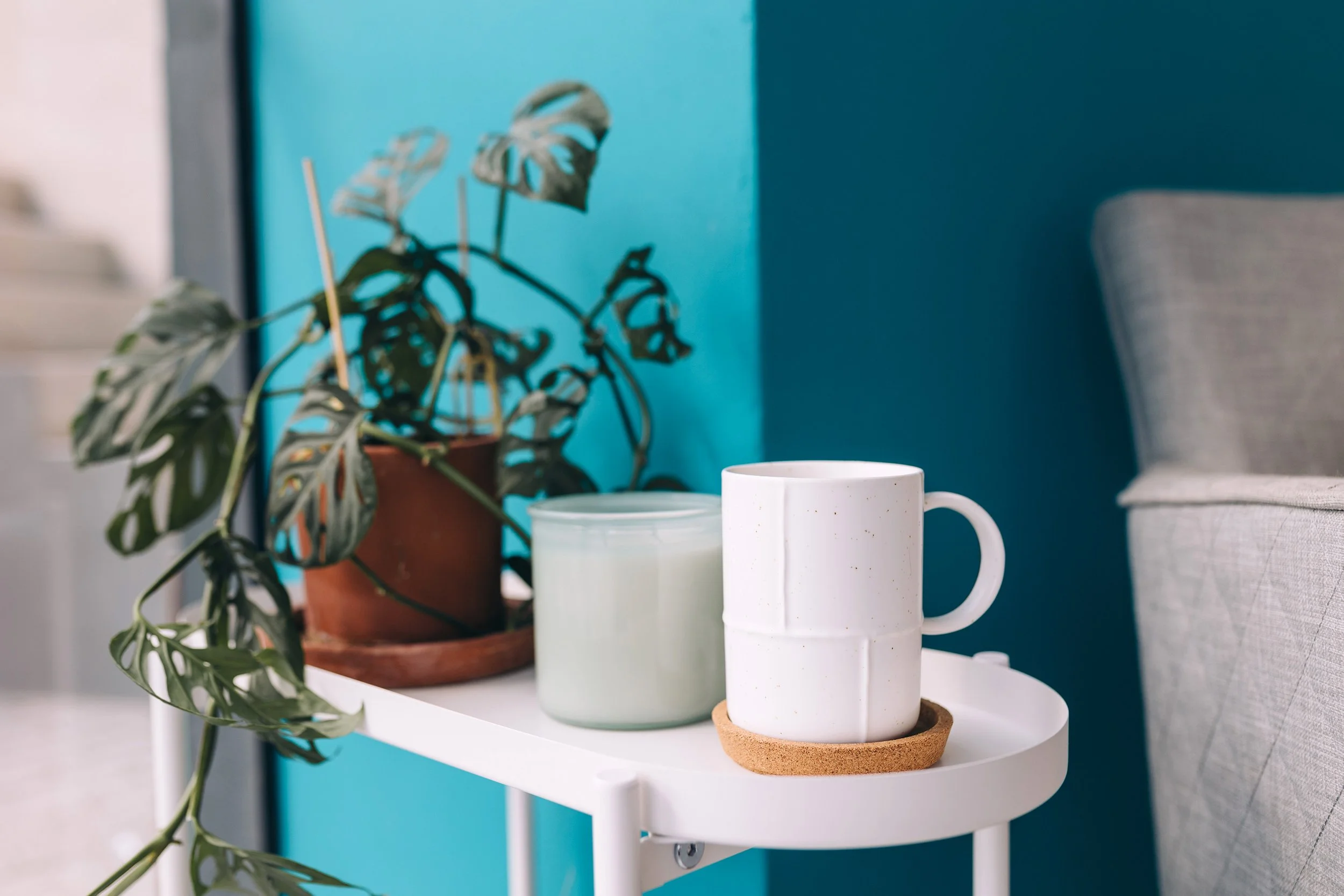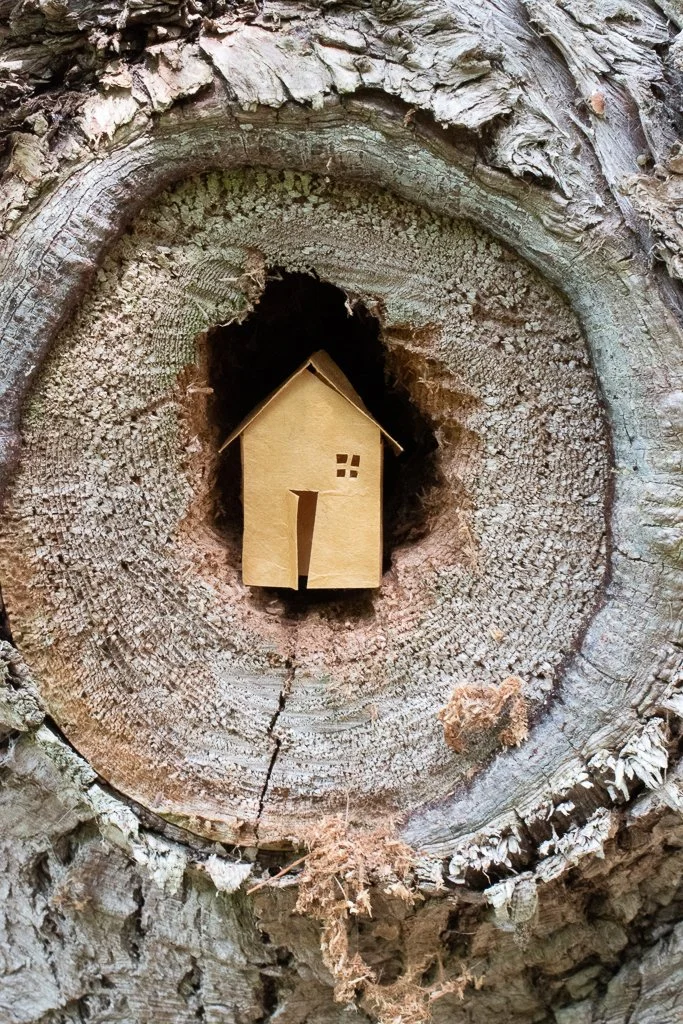Vintage looking wall art is a great way to add a vintage inspired look to a farmhouse style home or for a vintage lover. On my website I have lots of vintage looking wall art available for sale. To see vintage looking wall art, keep reading!
Vintage looking wall art
artwork made with a doily
These vintage doilies are collected from the thrift store and used with poured abaca pulp then flattened in a paper making press to expose the beautiful texture of the found vintage doilies. Many of the artwork made with a doily are neutral in their design and they all come unframed. They would look great framed in white or wood with a white matte.
Alternatively, you can take them to a professional framer or the framing department at Michael’s and they will give you some opinions on some framing options that would best suit the work.
There are also a few white vintage doilies that have been poured with denim pulp. These vintage looking wall art pieces have high contrast and would lovely framed in white or wood.
Wildflower cyanotypes
These cyanotypes are made through a vintage process of how they used to create blueprints for buildings. The cyanotype process has been around for many years.
Wildflower cyanotypes would look lovely framed in a wooden frame or a white frame with a nice white matte to them. Wildflower cyanotypes resemble vintage, old-fashioned inspired posters of wildflowers for botanical studies. Wildflower cyanotypes are great for a gardener or someone who loves flowers.
Other vintage looking wall, art ideas:
You can go to a thrift store and collect lots of baskets. Often baskets are sold for a couple of dollars. You can arrange baskets as a grouping hanging on the wall to create a very cool, abstract, vintage looking design.
Baskets have lots of great texture baskets come in variety colours, but often neutral colours, which will go great with the design in your rooms, alternatively, you can use as storage purposes on coffee, tables, or end tables and can really help give a vintage look to your home, while serving as a functional purpose to hide your belongings and act as storage and organization for all of your things.
If you are looking for a vintage looking wall that you can do it yourself, you can collect doilies from the thrift store, give them a code of paint and use them to print on canvas to create a doily print as wall art.
I have created 8 1/2 x 11” abaca pieces of paper with thread embroidered drawings to represent an abstract aerial view of farm fields. These pieces have a lovely neutral design and the shade of paper gives a good vintage and antique look these artworks are minimal and neutral, and look lovely, hanging as a gallery wall in your home.
You can add vintage looking wall art from the thrift store. The thrift store always has vintage inspire or actual vintage paintings or vintage embroideries that can be framed and hung on the wall in your home. There are tons of vintage looking wall art available at the thrift store you can also find vintage looking art from garage sales or on Facebook marketplace. You just have to keep your eyes peeled for deals.
Creating a gallery wall
it’s nice to have a common theme of a colour or maybe a theme of flowers and try to have artwork that communicate with each other that are close and proximity to one another. You can also have a gallery wall that has similar frames like maybe all of the art and wood or black or white and this helps create a cohesive feel to your gallery wall.
For adding vintage looking wall art to your home, you can also consider the curtains or window decorations in your home. You can purchase lace tablecloth or lace curtains. You can purchase different vintage fabrics or vintage embroideries to turn into your own curtains very easily with the sewing machine curtains can help give a vintage looking wall art feel, and really relate with the artwork that you have chosen on the walls in your home.
I hope you have enjoyed these vintage looking wall art ideas be sure to follow me on Pinterest by clicking the button below
Click the button below to check out my vintage looking wildflower cyanotypes
Click the button below to check out my artwork made with a doily and other handmade paper art!
Join my mailing list to receive a 15% off discount!























































































